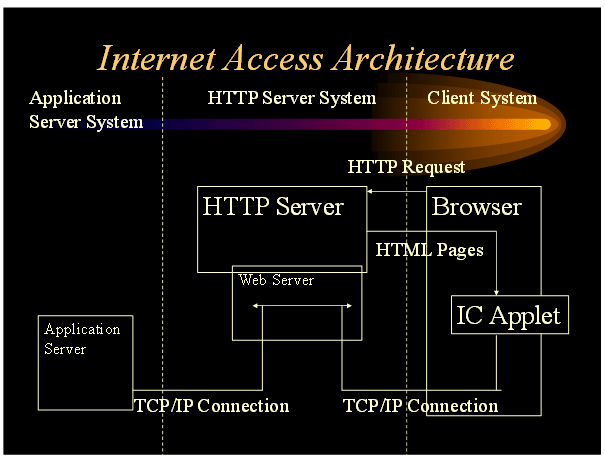ERP Service Module – Call Handling and Service Orders Control
February 12, 2025
 Importance of Quality Management
Importance of Quality Management
“Quality management” ensures superior quality products and services. Quality of a product can be measured in terms of performance, reliability and durability. Quality is a crucial parameter which differentiates an organization from its competitors. Quality management tools ensure changes in the systems and processes which eventually result in superior quality products and services. Quality management […]
 Identify the Vital Inputs in Six Sigma Project
Identify the Vital Inputs in Six Sigma Project
The list derived from the detailed process map needs to be shortlisted. This can be done in multiple ways. The different tools that are commonly used in six sigma projects to meet the purpose have been written down. They are as follows: Cause Effect Matrix: The cause and effect matrix takes the list of inputs […]
 The Problems with Protectionism
The Problems with Protectionism
The world seems to have turned on its head. Countries like the United States and the United Kingdom were earlier frontrunners in the race for globalization. They were increasingly pressurizing developing countries to open their markets. They thought this would allow them to have increased sales for their products. They never thought the reverse could […]
 Business Continuity Management Planning around the World
Business Continuity Management Planning around the World
In these turbulent times when the business environment is characterized by uncertainty and fraught with risks of all kinds, companies have to plan for contingencies and emergencies. The disaster preparedness that companies exhibit goes a long way in making them adjust to the changing circumstances when disaster strikes. For instance, companies may have to deal […]
 Lack of Regulation as a Cause for the Global Financial Crisis
Lack of Regulation as a Cause for the Global Financial Crisis
The previous article had touched upon the lack of regulation as a cause for the global financial crisis. This article looks at this aspect in detail. To understand why the lack of regulation was one of the contributory factors for the crisis, one has to view the issue starting with the repeal of the Glass […]
Users interface directly impact usability of an ERP system. A properly designed user interface provides proper accessibility to the intended functions of the system and enables execution of transactions. Earlier users accessed the system with dumb terminals (ASCII) which had lot of usability deficiencies and this led to subsequent adoption of Graphical Users Interface (often with look and feel of MS Windows) during 1990s. With the advent of internet technology, user interface further evolved to enterprise portal, which provides easy access between internet client and application server.
Internet based User Interface: This is the most popular type of users interface at present due to convenience in accessing the ERP applications even from a remote location. Maintenance by system administrator is also easier, as they need not go to individual desktop or use any additional software distribution software, for the purpose of maintenance. The Internet server application is used as a gateway between the Internet client (IC) and the application server in order to expose the ERP functionality to the Internet domain.
The internet user interface architecture is depicted in the following diagram:

The HTTP-server security mechanisms are used to offer secure access to the HTML-page that contains the Java applet.
User Management: User management functionality is used to create user, provide user login and password and to give authorizations to the users. The user’s authorizations are dependent on their role in a company. To be able to work with ERP applications, users must have some sort of session authorization, database authorization, and library authorization. During installation of ERP, some default roles are automatically created. The default roles make sure that users can use the menu browser and its associated functions and commands.
Users Type: There are various types of users for an ERP package which can be broadly classified as under:
Role dependent users’ authorization: From a user point of view, a role represents a function in an organization. In ERP, a role represents a set of authorizations for a function in a company (database). User authorizations that are defined per role instead of per user significantly reduce the redundant data. The authorizations for normal users are therefore defined in roles to which they can be linked. The role concept provides a user-friendly method to quickly add new users or to update user authorizations.
Because an employee can have more than one function in a company, more than one role may be assigned to the user. A role can also contain more than one sub-role, which can also have sub-roles. All these roles and sub-roles form a role tree, which can be viewed with a role browser. The role browser shows the role tree in a graphical user interface.
Role-dependent authorizations can be defined at the following component levels in an ERP system:
The non-role-dependent authorizations: In addition to these role-dependent authorizations, some additional authorizations can be specified that are not defined by the employee’s role, for example, the development parameters, device preferences, and so on. These non-role-dependent authorizations are defined in templates to reduce redundant data, which then can be linked to the user profile.
These templates pertaining to non role dependent authorization can be divided into the following categories:
Your email address will not be published. Required fields are marked *